Beyond the Mallet: A Deep Dive into Polo’s Legacy and Lore
Welcome to the thrilling, fast-paced world of polo, a sport where skill, strategy, and the integral bond between rider and horse take center stage. At first glance, polo is a game of mallets and balls, but look a little closer, and you’ll find it’s so much more. It’s a celebration of history, a nod to rich cultures around the globe, and a testament to equine excellence.
Picture the thunderous sound of hooves striking the ground, the focused determination of riders as they gallop across the field, and the grace with which horses and humans move as one. This is polo, a game that dates back centuries, yet continues to captivate audiences with its timeless appeal and dynamic gameplay.
Polo isn’t just about scoring goals; it’s about the harmony between you and your horse, understanding each other’s movements as if they were your own. It’s about the strategy that unfolds with each chukka, where every play is a chess move on horseback. And, perhaps most importantly, it’s about the community that polo has fostered throughout the ages—a global family united by a shared passion for this magnificent sport.
As we explore the game of polo, remember, that we’re not just exploring a game. We’re delving into a lifestyle where tradition meets adrenaline, where history is written not just in books, but on the vast green fields under the open sky. Whether you’re an avid equestrian, a sports enthusiast, or simply curious about this fascinating world, there’s something in polo for everyone.
As we venture into the past, we uncover the ancient origins of polo, a sport steeped in tradition and revered as the sport of kings. This storied game dates back over two millennia, with its roots deeply embedded in the rich soils of Persia (modern-day Iran). Here, it began not merely as a sport but as a training exercise for cavalry units, echoing the thunder of battle and the strategic minds of warriors.
A Gallop Through History
Polo served as a bridge between cultures, a testament to its universal appeal and adaptability. From the expansive plains of Central Asia, it spread like wildfire, captivating the hearts of nobles, kings, and commoners alike. Each culture it touched added its unique flair to the game, enriching polo’s legacy as it traversed continents.
By the Middle Ages, polo had found fertile ground in the Indian subcontinent, where it flourished under the patronage of royal families. It was in India that polo caught the eye of British tea planters, who were enthralled by the spectacle. They adopted the game, refined it with rules and regulations, and introduced it to the Western world, where it quickly became a symbol of prestige and athleticism.
The migration of polo across the world is a story of cultural exchange and evolution. It reminds us that, at its heart, polo is more than a game—it’s a historical journey that connects us across time and space. From the ancient fields of Persia to the lush lawns of modern-day polo clubs, the spirit of the game remains unchanged, a celebration of skill, bravery, and the extraordinary relationship between horse and rider.
As we reflect on polo’s illustrious past, we recognize the deep-rooted traditions that have shaped the game. These traditions are not relics of a bygone era but living, breathing aspects of polo that continue to enchant and inspire. They remind us that every time we watch a chukka, participate in a match, or engage with the community, we are part of a legacy that spans generations.
In the heart of the game, beyond the mallets and the roaring crowds, beats the pulse of the true champions of polo: the polo ponies. These equine athletes are much more than mere participants; they are the essence of the sport, embodying grace, power, and an unspoken bond with their riders that can only be felt, not described.
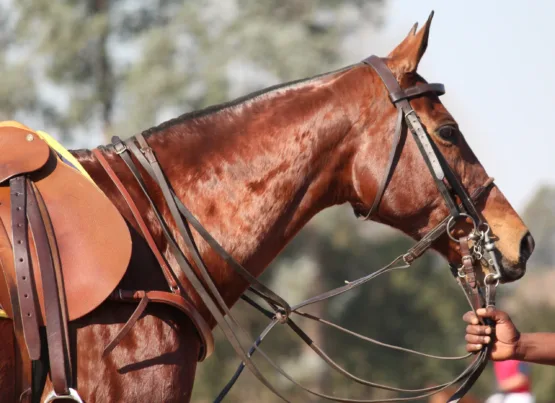
What Makes a Great Polo Pony?
The ideal polo pony is a blend of agility, speed, and intelligence, with a lot of bravery to face the fast-paced action of the game. They possess a unique ability to anticipate the player’s movements, turning on a dime and accelerating with heart-thumping speed. Stamina and toughness are also key, allowing them to endure the rigors of the game while maintaining their poise and elegance.
Breeds of Polo Ponies
Traditionally, the term “pony” is a misnomer, as these athletes are often full-sized horses. The Argentine Criollo, known for its resilience and stamina, has long been a favorite. However, thoroughbreds and thoroughbred crosses have gained prominence for their speed and agility, becoming the backbone of many polo teams worldwide. Each breed brings its strengths to the field, contributing to the diverse tapestry that makes polo so captivating.
Training and Care
Training a polo pony is an art, a delicate dance between nurturing their natural abilities and teaching them the nuances of the game. It begins with basic training in obedience and control, gradually introducing them to the polo mallet and ball. However, the crux of their training lies in developing a deep understanding between horse and rider, fostering a partnership where each can anticipate the other’s moves without a word spoken.
Caring for these magnificent animals is paramount, reflecting the deep respect and love that polo players have for their horses. A polo pony’s well-being is always placed above the game, with meticulous attention given to their diet, exercise, and mental health. Regular vet check-ups, proper grooming, and plenty of rest ensure that these athletes remain at their peak, both physically and mentally.
At the core of polo’s allure is its blend of simplicity and complexity, a game where strategy and skill play out in an exhilarating dance on horseback. To truly appreciate polo, understanding its basics is key. Let’s break down the game’s objective, the layout of the field, and the foundational rules in a way that’s easy to grasp.
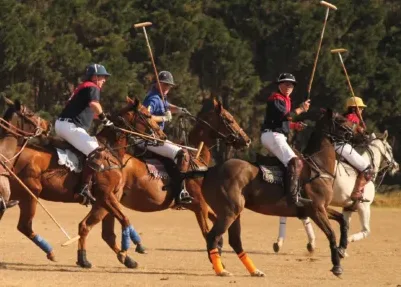
Objective of the Game
The aim of polo is straightforward: two teams vie to score the most goals by driving a small white ball into the opposing team’s goal using a long-handled mallet. But within this simple objective lies a game of depth and nuance, where strategy, speed, and an indescribable connection between horse and rider come into play.
The Polo Field
Imagine a field larger than nine football fields combined—that’s the grand scale of a polo field. Measuring 300 yards in length and 160 yards in width, it’s one of the largest fields in organized sport, offering ample space for the dynamic action that polo is known for. The expansive green is framed by two goal posts at either end, marking the targets for aspiring goal scorers.
Basic Rules
A match is divided into periods called “chukkas,” each lasting 7 minutes. Their are 6 chukkas in a standard match. These segments allow players and ponies alike to demonstrate their endurance and skill over an extended period, making for a demanding and exciting game.
Scoring in polo is achieved by driving the ball between the opponent’s goal posts. After each goal, the teams switch sides to ensure fairness, taking into account wind and field conditions. The beauty of polo lies in its fluidity and pace, with the ball and players moving swiftly across the field in a captivating display of athleticism.
One of the fundamental rules of polo is the “line of the ball,” a concept that establishes the right of way based on the direction the ball is traveling. This rule is crucial for preventing collisions and ensuring the safety of both horse and rider. Penalties may be awarded for infractions, providing teams with opportunities to score from various distances.
In the fast-paced world of polo, each team comprises four players, each assuming a critical role that balances offensive drives with defensive tactics. Understanding these positions and their responsibilities unveils the layers of strategy and teamwork that make polo not just a game, but a choreographed battle of wits and agility on horseback.
Players and Positions
Position 1: The Forward
The first position is the team’s primary attacker, the tip of the spear. This player’s primary objective is to score, utilizing speed and sharpshooting skills to convert opportunities into goals. Positioned closest to the opponent’s goal, the forward must be nimble and quick-thinking, ready to capitalize on any opening.
Position 2: The Versatile Playmaker
The second player plays a crucial role in both offense and defense, acting as the bridge between scoring and defending. This position requires a player who is a jack-of-all-trades: aggressive enough to make daring runs towards the goal and resilient enough to fall back and disrupt the opposition’s advances. The versatility of the second player is key to controlling the flow of the game.
Position 3: The Pivot
Often considered the backbone of the team, the third position is the strategic pivot around which the team’s play revolves. This player is typically the most experienced and skilled on the team, responsible for making critical decisions, directing play, and setting up scoring opportunities. With a deep understanding of the game, the third player orchestrates attacks and fortifies defenses, ensuring the team functions as a cohesive unit.
Position 4: The Back
The fourth position is the last line of defense, the guardian of the goal. This player’s primary responsibility is to thwart the opposition’s scoring attempts, using tactical knowledge and spatial awareness to predict and intercept plays. The back must also be adept at launching counterattacks, turning defensive actions into offensive opportunities with precise, long-range hits.
Together, these four positions form a dynamic quartet, each player bringing unique strengths to the field. The synergy between them is critical; it’s their combined efforts, their anticipation of each other’s moves, and their shared dedication that create the exhilarating chases and plays that define polo. This teamwork, built on trust and a deep understanding of each player’s role, is what elevates polo from a mere sport to a compelling spectacle of strategy and skill.
Polo Gear and Equipment
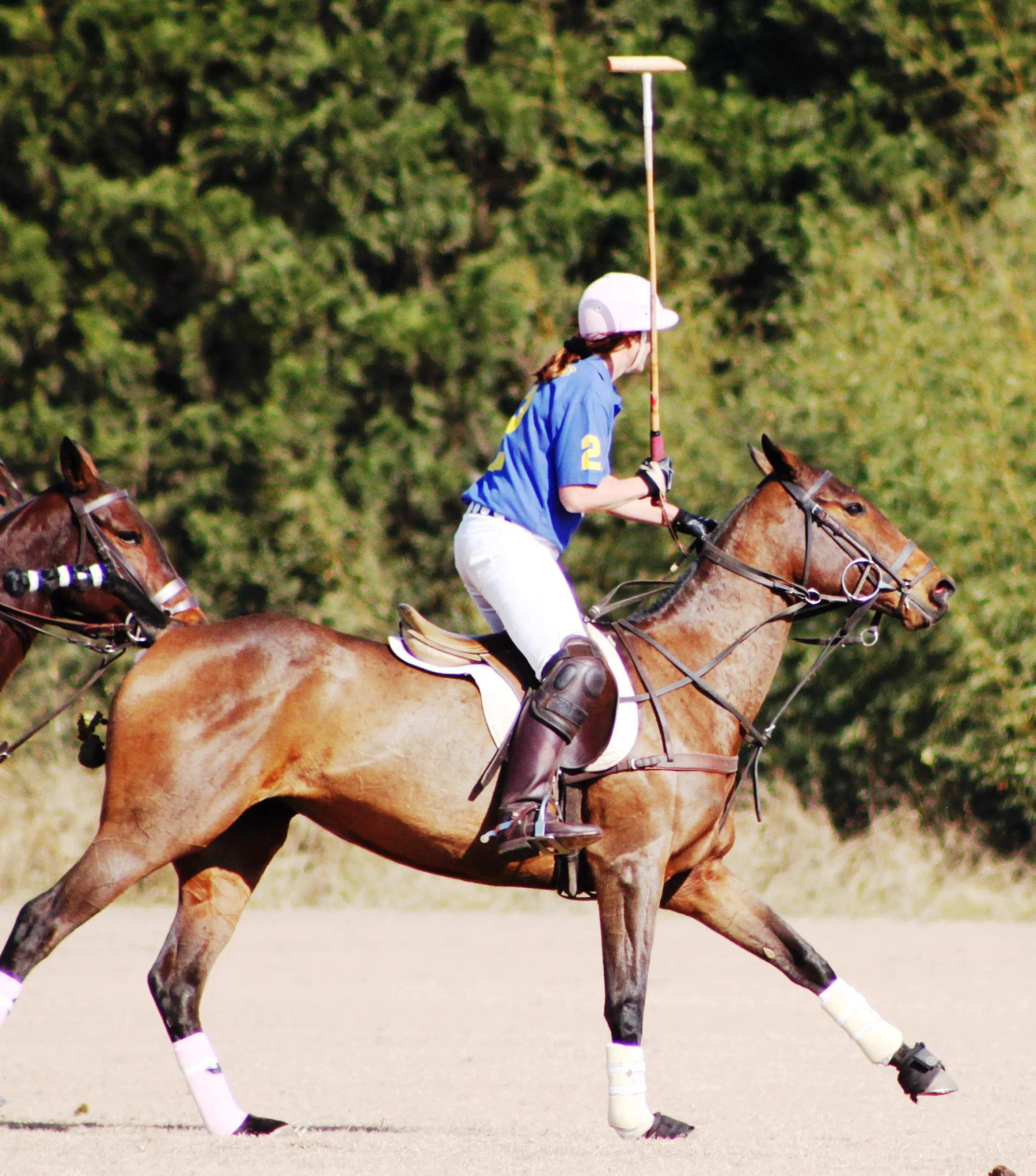
For the Rider
- Helmet: Safety comes first, and the helmet is non-negotiable. Designed to protect the rider’s head from impacts, modern polo helmets are both sturdy and stylish, often customized to represent team colors or personal flair.
- Boots: Providing both protection and stability, polo boots are tall, leather, and designed to shield the rider’s lower legs while offering support during the rapid movements and turns of the game.
- Knee Guards: These are critical for protecting the rider’s knees from balls, mallets, and the occasional bump against the pony’s body. Made from tough materials like leather or strong synthetics, they are an essential piece of armor.
- Mallet: The quintessential tool of the trade, the polo mallet consists of a long bamboo shaft with a hardwood head, used to hit the polo ball. Its length varies to suit the height of the pony and the style of the player.
- Gloves: Offering a better grip on the reins and mallet, gloves are vital for maintaining control during the game’s fast-paced action.
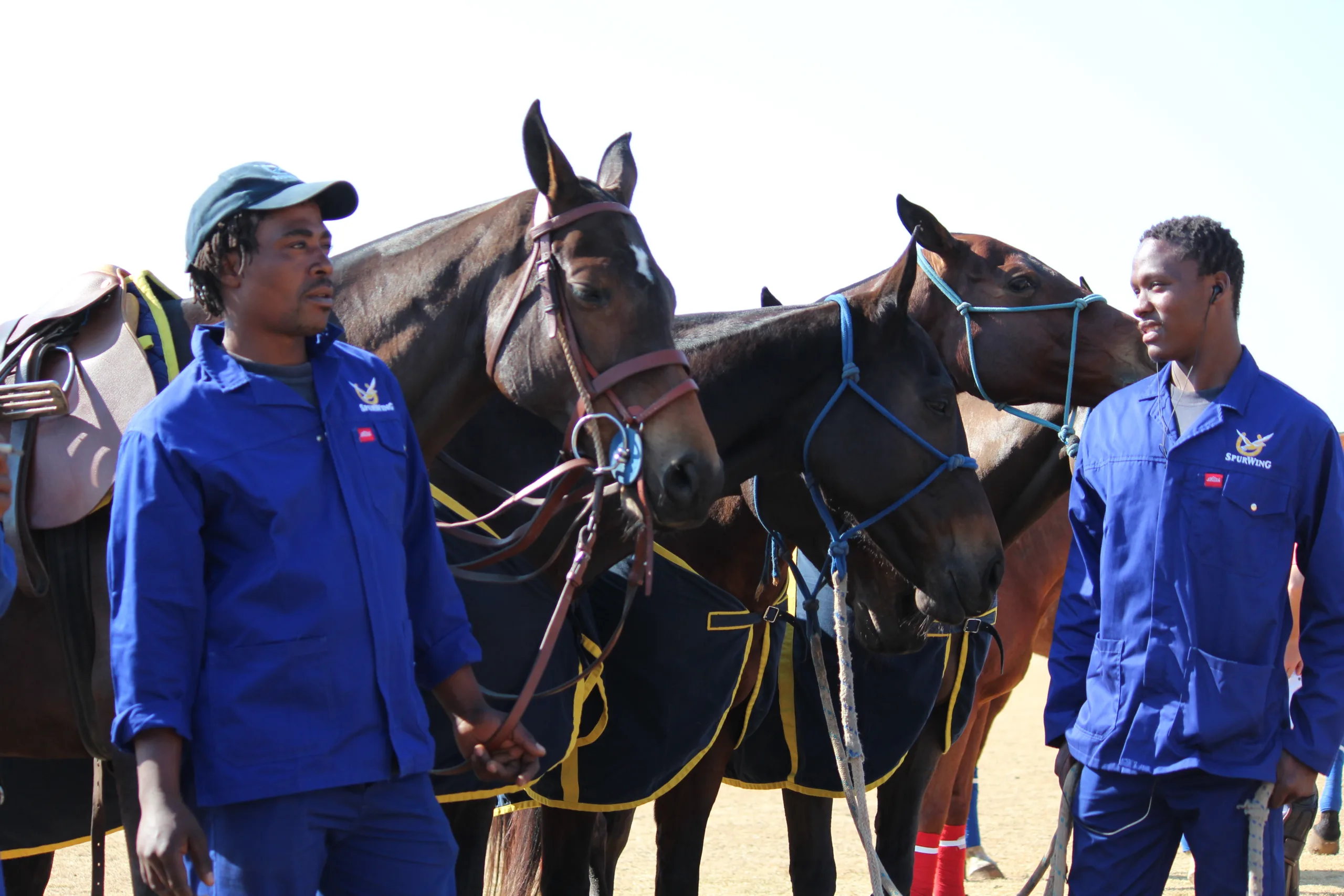
For the Horse
- Saddle: Polo saddles are uniquely designed to provide the rider with maximum freedom of movement while ensuring comfort for the horse. They are lighter and flatter than traditional saddles, tailored to the rigorous demands of the game.
- Bridle and Bit: Essential for communication between horse and rider, the bridle and bit must be perfectly fitted to each horse, ensuring control without causing discomfort.
- Bandages and Boots: Protecting the horse’s legs is paramount. Polo requires sharp turns and fast sprints, which can strain the animal’s legs. Leg wraps and boots offer support and protection against injury.
- Girth and Breastplate: These ensure that the saddle stays securely in place during the game. The girth wraps around the horse’s belly, and the breastplate attaches to the saddle, preventing it from slipping during rapid movements.
The Ball and Other Accessories
- The Ball: Traditionally made from wood but now more commonly crafted from high-density plastic, the polo ball is designed to withstand the force of mallet strikes while being light enough to travel great distances.
- Tails and Mane: Safety extends to grooming; a horse’s tail is often braided and its mane trimmed to prevent entanglement with the mallet or reins, showcasing the meticulous care taken to ensure the well-being of these magnificent animals.
Now that we’ve explored the captivating world of polo, from its rich history and spirited ponies to the tactical gameplay and essential gear, it’s time to take the next step—experiencing the magic of polo firsthand. Whether the thrill of the game draws you, the beauty of the horses, or the elegance of the sport, there are numerous ways to immerse yourself in the world of polo.
Experiencing Polo Today
Attending a Polo Match
One of the best ways to experience polo is by attending a match in person. Polo clubs around the world host matches that are often open to the public, offering a firsthand look at the speed, skill, and teamwork that define the sport. Feel the ground tremble as the ponies gallop by, hear the crack of mallets striking the ball, and immerse yourself in the excitement and camaraderie that fills the air. It’s an experience that’s not only thrilling but also brings you closer to the heart of polo culture.
Taking a Beginner’s Polo Lesson
If you’re feeling adventurous, why not try polo for yourself? Many polo clubs offer beginner lessons, providing a safe and welcoming environment for you to learn the basics of the game. Riding skills are a plus, but even newcomers can grasp the fundamentals with guidance from experienced instructors. It’s a unique opportunity to connect with the ponies, learn the strokes, and perhaps even play a mini-game. Who knows? You might just discover a new passion.
Watching Polo on TV or Online
For those who prefer to experience the game from the comfort of home, watching polo on TV or online is a fantastic option. Broadcasting of polo matches has become increasingly common, offering high-definition insight into the game’s nuances, from player strategies to pony agility. It’s also a great way to learn the rules and familiarize yourself with the sport’s dynamics, all while being entertained by the thrilling action and commentary.
Joining a Polo Club
Becoming a member of a polo club is a deeper dive into the sport’s community. Clubs often offer more than just playing opportunities; they’re centers for social events, networking, and learning. Even as a non-player, you can enjoy the camaraderie, attend club matches, and participate in social activities. It’s a way to be part of the polo family, sharing in the love and appreciation for the sport.
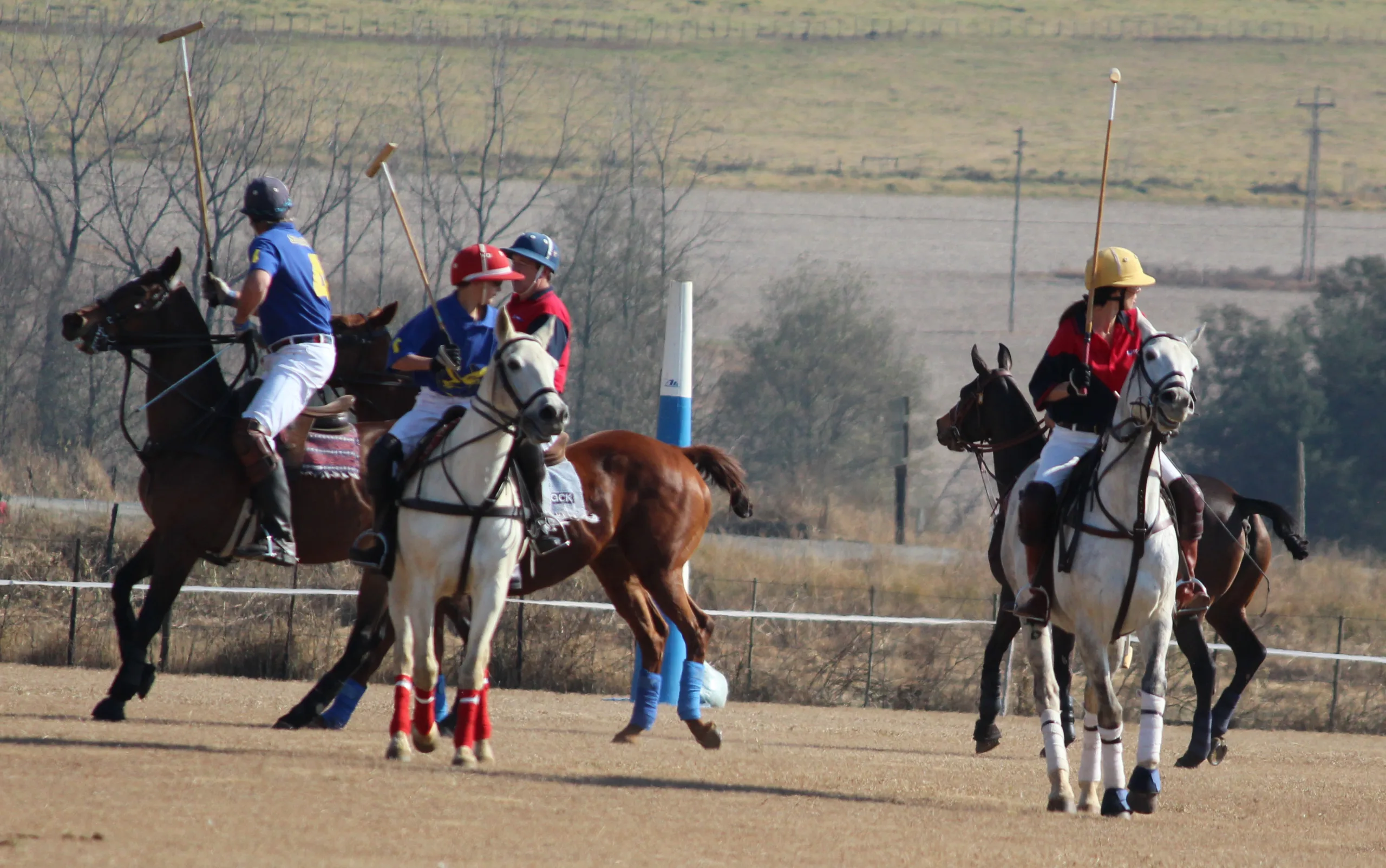
Conclusion
Experiencing polo, in any form, connects you with a tradition that spans centuries, filled with the spirit of competition, the elegance of equestrian sport, and a global community of enthusiasts. Whether you’re watching a high-stakes match, taking your first swing at the ball, or simply enjoying the atmosphere of a polo club, you’re stepping into a world where history, sport, and the bond between horse and rider come alive. So, why wait? The world of polo welcomes you to discover its charms and excitement.
The essence of polo lies in the harmony between rider and horse, a partnership forged in trust, mutual respect, and an unspoken language of subtle cues and shared instincts. This bond is the heart of polo, elevating it beyond mere competition to a dance of power and grace, strategy and speed. It’s this unique relationship that draws us to the sport, offering a glimpse into the profound connection humans can share with these magnificent animals.
Beyond the field, polo nurtures a community of passionate enthusiasts, from players and spectators to grooms and trainers. United by a love for the sport and the animals at its center, this community thrives on camaraderie, respect, and a shared sense of belonging. The polo field becomes more than just a venue for competition; it’s a gathering place where friendships are forged, skills are honed, and the love of the game grows deeper with every chukka.
Reflecting on the world of polo, we’re reminded of the enduring appeal of this noble sport. It’s a realm where tradition and modernity blend seamlessly, where the thrill of the game is matched only by the beauty of its execution, and where the relationship between horse and rider is celebrated as the true essence of competition.
As we close this chapter, let us carry forward the spirit of polo—a spirit of respect, excellence, and connection. May we continue to celebrate the incredible athletes, both human and equine, who bring this game to life, and may we always cherish the community that makes polo not just a sport, but a way of life. In the world of polo, we find not just excitement and competition, but a deep, abiding love for the horses that make it all possible. Here, in the thunder of hooves and the swing of the mallet, lies the true heart of polo, beating strong and proud.
Read more about the exciting sport of showjumping
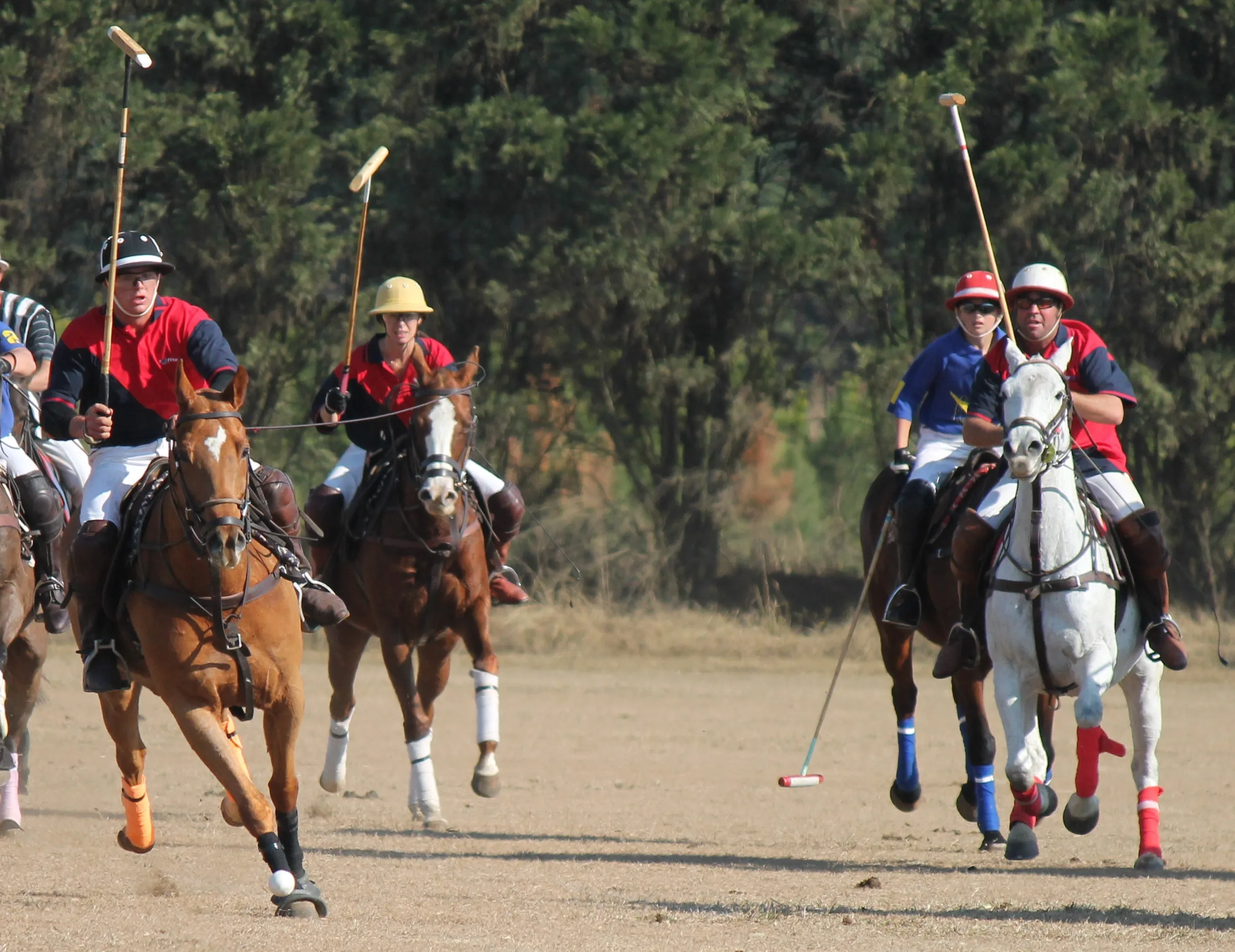
Further resources
- Federation of International Polo (FIP): The official site of the international governing body of polo, which provides information on polo rules, tournaments, and the sport’s global presence. (www.fippolo.com)
- PoloLine: The go-to online destination for everything polo, offering news, tournament updates, player interviews, and much more. It’s an excellent resource for those wanting to stay abreast of the latest in the polo world. (www.pololine.com)
- United States Polo Association (USPA): The USPA’s site is a treasure trove of information on polo in the United States, including a comprehensive guide to polo clubs, tournaments, and educational resources. (www.uspolo.org)
- The Polo Times: A magazine dedicated to polo enthusiasts, offering in-depth articles, event schedules, and insights into the lifestyle around the sport. While it’s subscription-based, its website still offers valuable information and news. (www.polotimes.co.uk)
- Polo & Riding Schools: For those interested in taking up the sport, local polo and riding schools can be invaluable resources. Many offer beginner courses, making it easy to start your polo journey. A quick search online can help find the closest schools to you.
- Hurlingham Polo Association (HPA): The governing body for polo in the UK, offering rules, regulations, and a directory of polo clubs in Britain. It’s a great resource for those in or visiting the UK. (www.hpa-polo.co.uk)
- Books: For those who love to delve into the printed page, titles like “Polo: The Nomadic Tribe” by Aline Coquelle, “The Polo Handbook” by Horace A. Laffaye, and “Polo in Argentina: A History” by Horacio Sánchez Quiroga offer rich insights into the sport’s culture, history, and technique.
- Social Media and YouTube Channels: Many polo clubs, associations, and players have active social media profiles and YouTube channels where they share insights, training tips, and highlight reels from tournaments. These can be great for visual learners and those looking to immerse themselves in the day-to-day of polo culture.
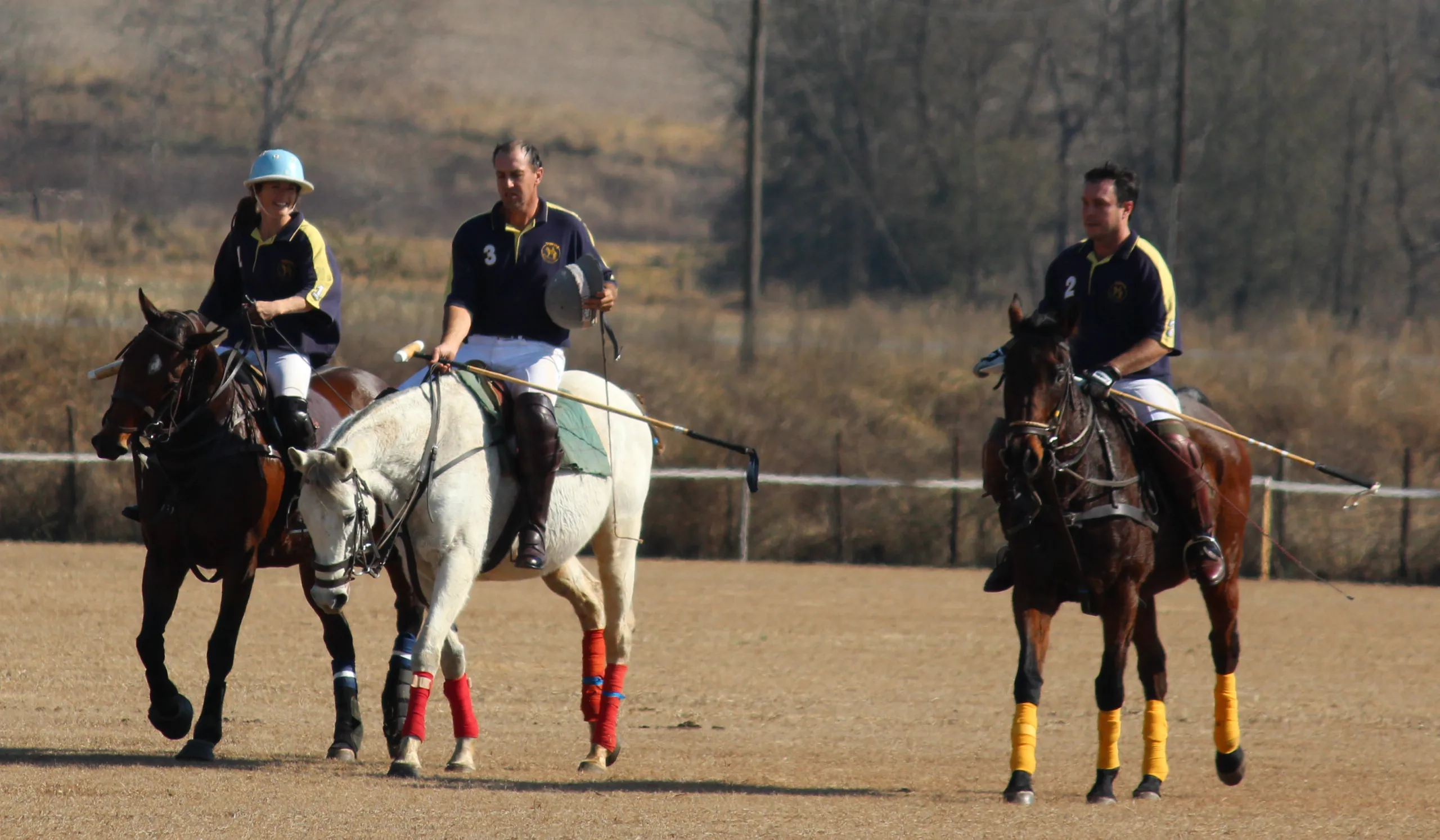
I would Love to Hear from You!
As we’ve covered the vibrant world of polo, from its storied history to the thrilling action on the field, we hope you’ve felt the pulse of this noble sport as strongly as we do. Now, we turn the spotlight over to you, our esteemed readers. Whether you’re a seasoned player, a devoted fan, or someone who’s just had their curiosity piqued, we want to hear your stories, insights, and questions about polo.
Have you ever witnessed a polo match that left you on the edge of your seat? Are you dreaming of taking up the mallet and stepping into the saddle yourself? Perhaps you have a fond memory related to polo that you’d like to share? Whatever your experience or aspiration, your perspective enriches our community and celebrates the shared passion that brings us all together.
Leave your thoughts, stories, or questions in the comments below. Let’s keep the conversation galloping forward and continue to foster a space where the love for polo and the bonds it creates can flourish.
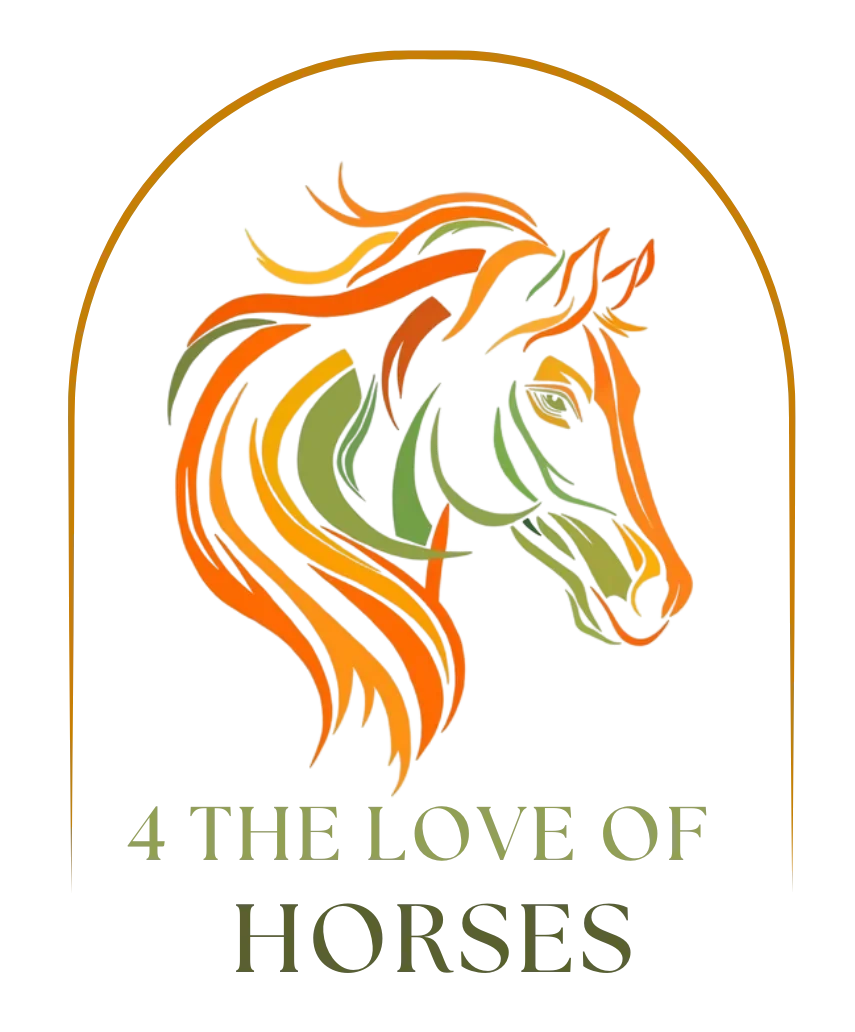
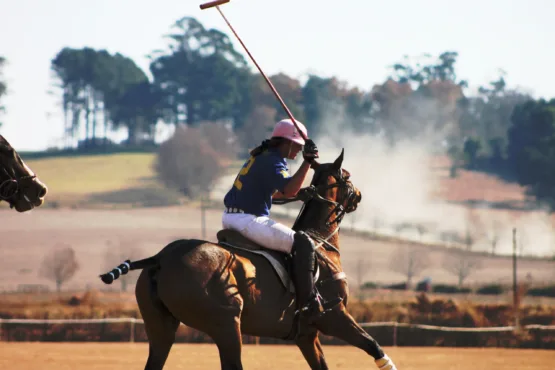

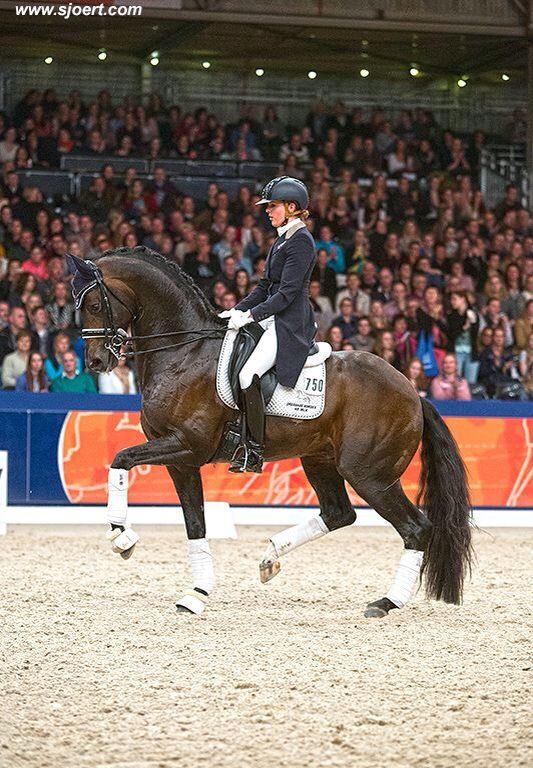
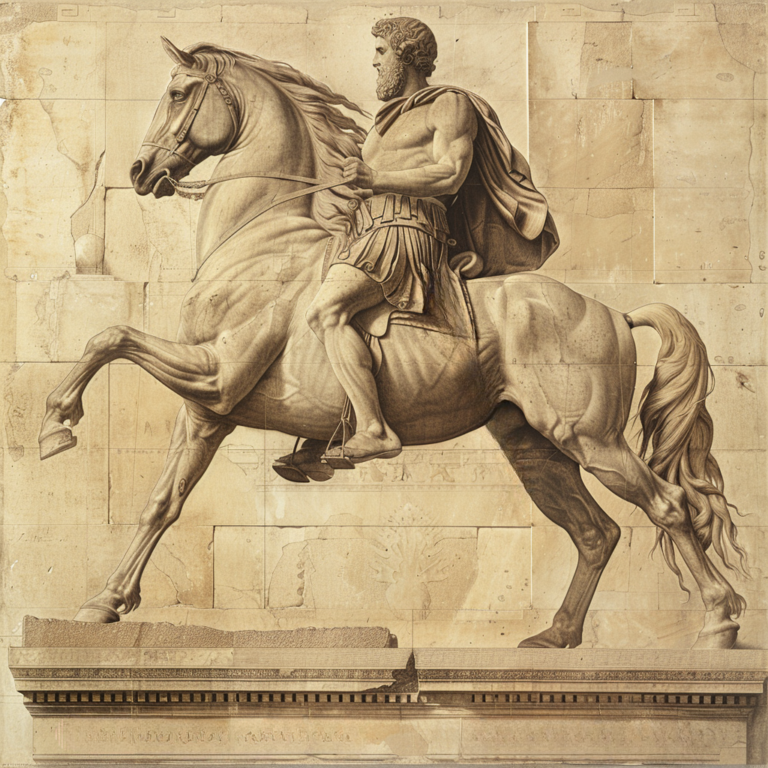
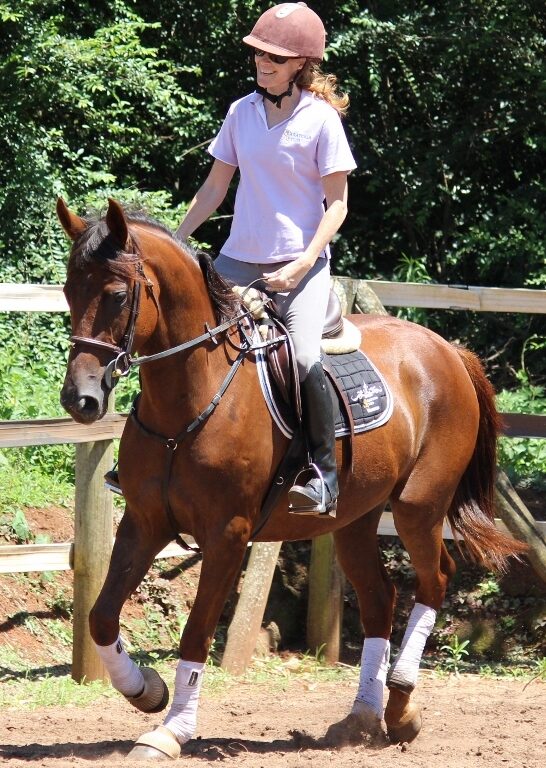
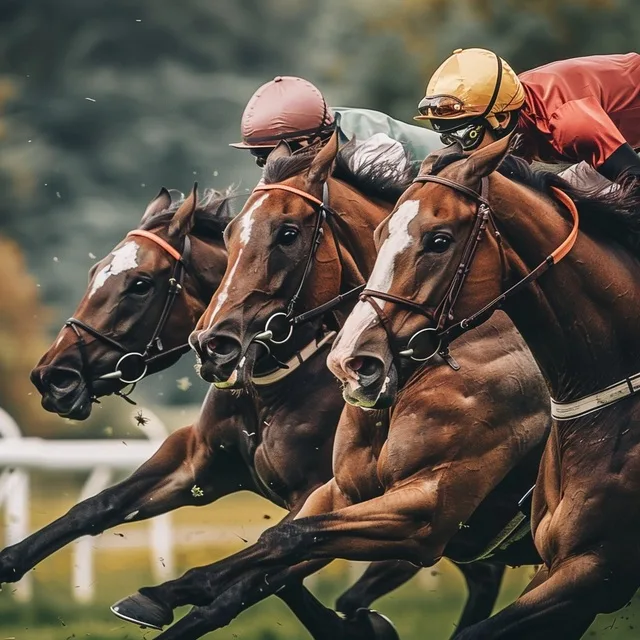
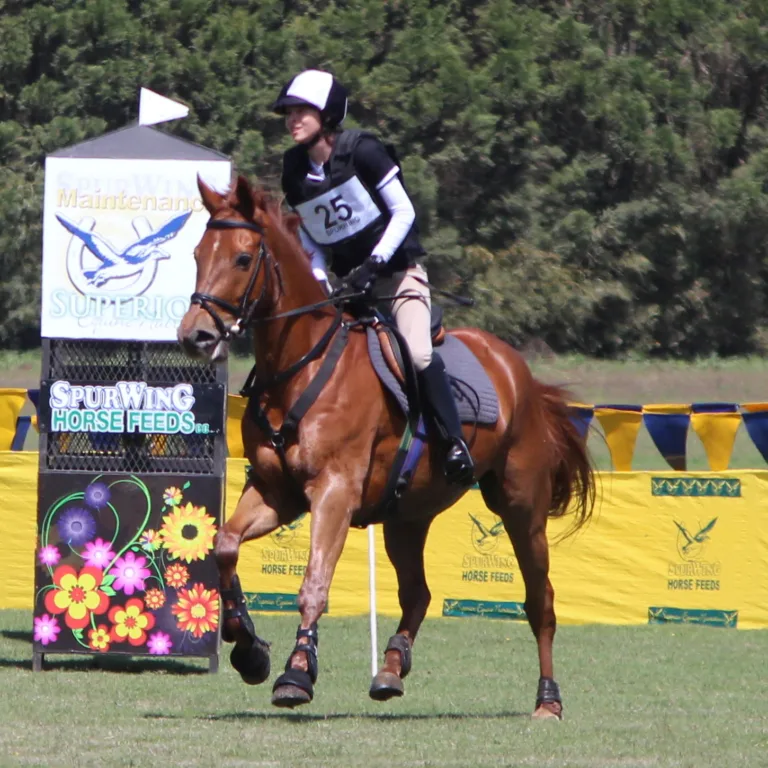
Leave a Reply